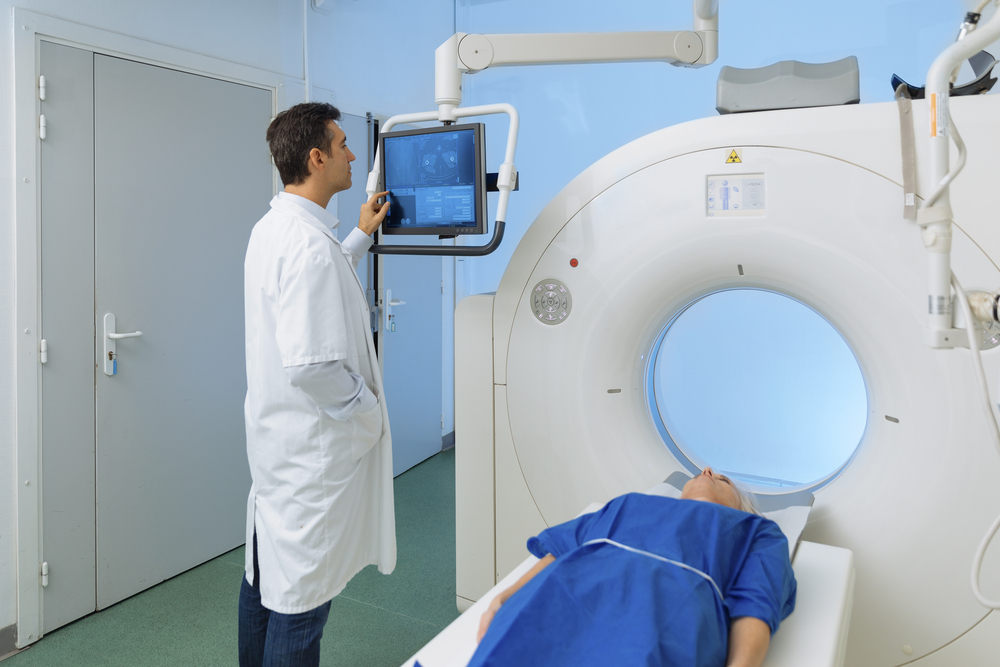#EAN2018 – Slowly Evolving Lesions Monitored Using MTR Scans May Be Marker of SPMS Progression

An MRI technique known as magnetization transfer ratio (MTR) correlated closely with the progression of slowly evolving lesions (SELs) — a specific type of multiple sclerosis lesion — in patients with secondary progressive MS (SPMS).
According to the researchers, monitoring changes in SELs — which indicate demyelination and loss of nerve fibers — using MTR may serve as an effective biomarker of SPMS progression.
These findings were given at the 4th Congress of the European Academy of Neurology (EAN), held in Lisbon last month, in the presentation, “Characterizing the slowly evolving lesions (SELs) in a cohort of secondary progressive multiple sclerosis patients.”
MS progression is still poorly understood, and a need exists for markers that capture disease status.
Researchers recently detected and characterized SELs in the brains of primary progressive MS (PPMS) patients using conventional MRI (magnetic resonance imaging). Now, British researchers investigated the possibility of using MTR to assess the evolution of SELs in SPMS.
MTR, a new MRI technique with better image contrast, has been shown to efficiently measure SELs, capturing the destruction of nerve fibers and loss of myelin — the protective covering of nerve fibers.
The researchers analyzed 79 SPMS patients taking part the MS-SMART trial (NCT01912059), which is evaluating the effectiveness and mechanism of action of three repurposed medications (fluoxetine, riluzole and amiloride) in these people.
Lesions in patients’ brains were measured at the study’s start, and at weeks 24 and 96 using MTR and other MRI techniques, such as PD/T2 and FLAIR. By the shape of lesions identified in their brains, SPMS patients were separated into “candidate” and “non-candidate” categories. Those marked as “candidates” were further divided into two groups, one with SEL lesions and the other without SELs.
In total, 4,756 lesions were identified, and 1,140 were considered as candidates for the study. Among them, 140 were SELs (2.9%).
MTR measurements at the study’s start were lower in SPMS patients with SELs (24.51), compared to “candidate” patients without SELs (26.26) or non-candidates (28.89), suggesting a worse disease state.
MTR measures also further declined from baseline to week 96 in patients with SELs (-0.62), but not in patients without SELs (0.29) or non-candidates (0.40).
Researchers said these results confirmed the potential of MTR to evaluate the progression of SELs in patients with both progressive MS types
“We confirm that, as in PPMS, there are lesions in SPMS that can be classified as SELs. Given their more destructive signature on MTR, SELs are promising biomarkers of chronic plaque evolution in progressive MS,” they researchers concluded.
“Future studies will investigate whether there is a relationship between the occurrence of SELs and clinical disability,” they added.






